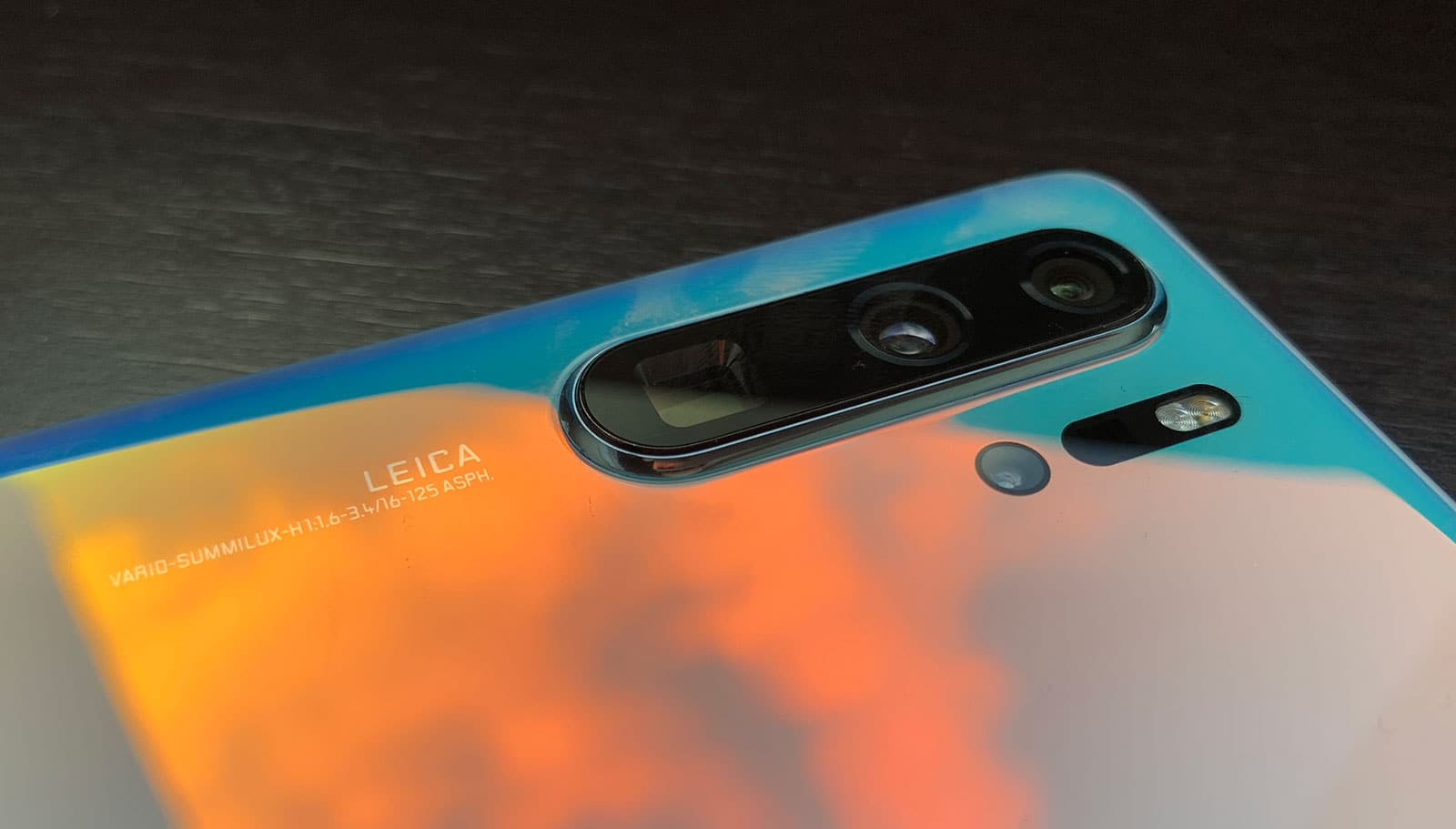There’s good news and there’s bad news, and it’s all in five minutes. Find out what’s happening to Huawei, and what’s coming from Apple, Telstra, Samsung, Bang & Olufsen, plus a neat pair of headphones that tests your hearing.
Transcript
For the week ending May 24, this is The Wrap, Australia’s fastest technology roundup, and this week, you have a choice of the good news, or the bad news. This is a podcast, and short of shouting for no reason, we’ll be making that decision for you.
So let’s get the bad news out of the way first, because bad news is better dealt with as quickly as possible, because then you can get to the good stuff.
If you’re Huawei, the news is bad. Shockingly bad, to the point where all the good work Huawei has achieved over the past few years may well have been undone simply by letting the Trump administration stick the “Huawei” name on an American trade ban list.
Huawei has been told it can’t use products and services from American companies — and it’s pretty bad news, because quite a few Huawei products rely on things from America.
Take the Matebook computers. They’re good. They’re great, actually, some of the better thin and light computers out there, but it’ll be interesting to see where they go next, because Intel is apparently going to stop selling its chips to Huawei because of the ban, and we expect Microsoft to stop licensing Windows, too. It’s already pulled Huawei laptops from the Microsoft Store.
Computers aren’t the big issue, though, because Huawei’s primary business is phones, and lots of them.
The trade ban means Google won’t work with Huawei directly, nor will it provide patches or updates outside of the open source program. And no Google made apps like YouTube or Google’s app store, the Play Market. That means good luck expecting Android Q on your Huawei phone, and it may also affect the hardware in future phones, which is based on an American license, too.
All of this is bad news for Huawei, because it means it may have to go back to the drawing board and redesign the hardware and software for its phones, which may take a few iterations before everything is remotely close to being where it was.
Of course, all of this could be cleared up, though we’re not sure how, short of replacing the current US president, which is actually a possibility. It’s worth remembering that there will be another US election in 2020, so it is possible that if this isn’t cleared up by then, it might be if a new president is elected.
We’ll just have to wait and see, though in the meantime, it’s also highly possible other companies will be added to the ban list, which is made up of Chinese companies, and what the US is currently having a trade war with. That means it could see Lenovo, DJI, TCL and Oppo, as well as other names added to the list, though they also might just skate by unnoticed.
So that’s the bad news.
If you have a Huawei phone right now, it’s not all doom and gloom. Really just uncertainty. Your phone is still the same, but we’re just not sure of the upgrade path.
Fortunately, the rest of the news is fairly good.
Like if you’re keen to upgrade to a new phone technology and be an early adopter, that will happen from next week, as 5G finally kicks off properly in Australia.
From May 28, Telstra’s 5G network will have devices that can make use of it, including the Samsung Galaxy S10 5G, the HTC 5G Hub, with phones from Oppo and LG to shortly follow.
There are also refreshes for Apple’s MacBook Pro lineup ahead of the Worldwide Developers Conference in early June, with more powerful Intel chips in both the 13 and 15 inch MacBook Pros, though the 15 inch gets the best technology, if we’re honest.
We’re also told the keyboard has changed slightly, hopefully addressing any concerns folks might have with the butterfly keyboards in the other models.
And finally, there’s a lot happening in the noise cancelling headphone space, with a new pair of luxury Bang & Olufsen H9 headphones providing an aluminium and leather approach to the category $840. They’re new, as are a pair of Jabra with adaptive noise cancellation coming in the $500 Jabra 85h.
But we also checked out another pair, the Audeara A-01, the first product from Australian company Audeara. Like much of the competition, it’s a wireless pair of headphones sporting active noise cancellation, but also something very different, testing your hearing with a hearing test much like a proper one.
Audeara is founded by a doctor, so at least that makes sense, as does the idea, which is to provide sound matched to your hearing.
However, our tests showed that while it could definitely change the sound profile, the experience was a little lacking, needing more bass to drive the bottom end.
Possibly the best thing about the Audeara A-01 is that in Australia, it’s including on the National Disability Insurance Scheme, the NDIS, meaning if your hearing is shot, you can actually get the government to pay for a pair of wireless headphones for you. That is pretty handy, and helps cement the Audeara A-01 as the most medicinal pair of headphones yet.
We wish the sound was better, and maybe that’ll be a generation two kind of thing, so we’ll look for it soon.
For now, you’ve been listening to The Wrap, Australia’s fastest technology roundup. The Wrap appears every Friday at Podcast One and iTunes, and will be back next week for more techn in five. Until then, have a great week, and we’ll see you next time on The Wrap. Take care.





